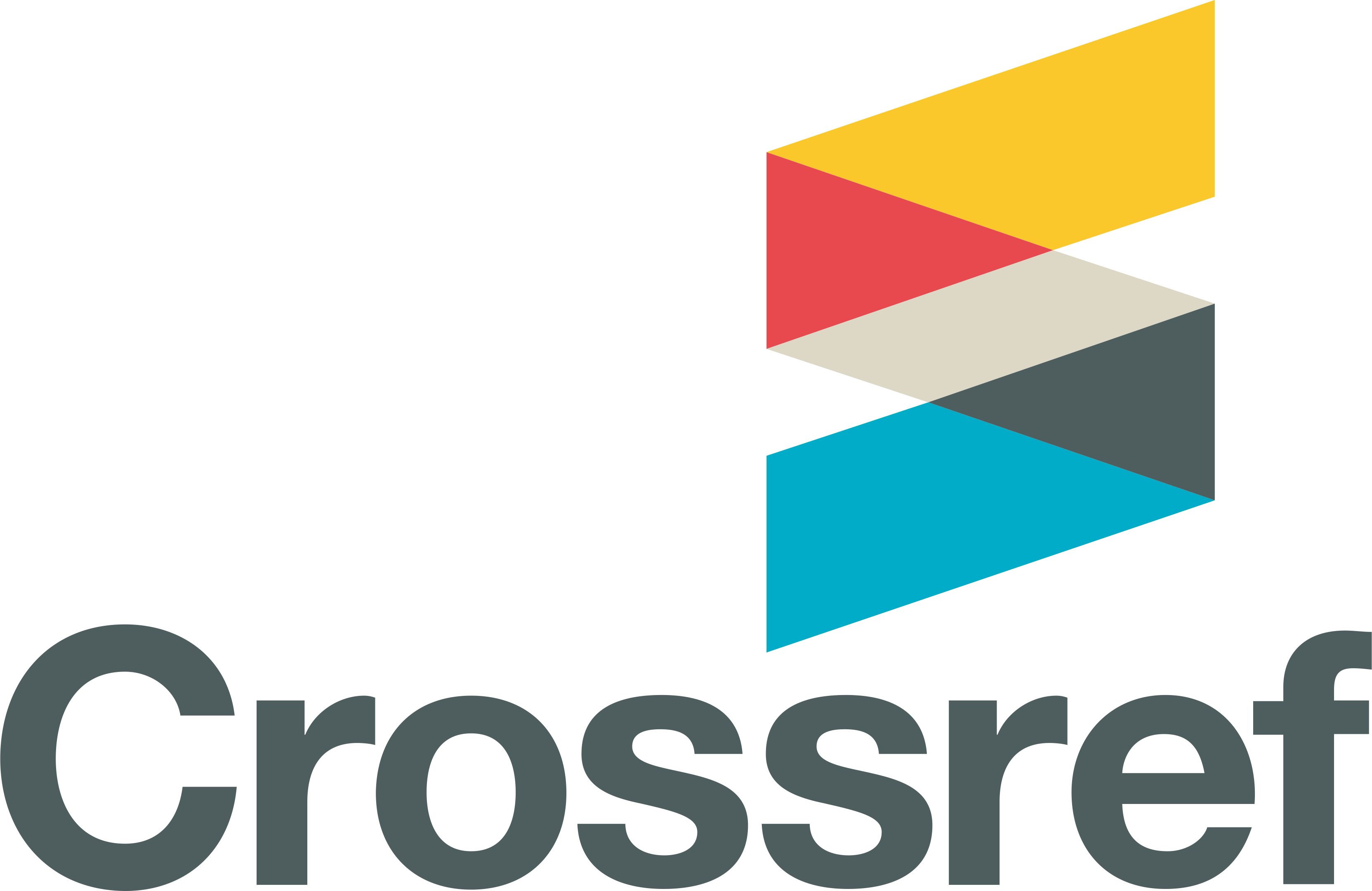Diet analysis of Philippine Crocodile Crocodylus mindorensis (Schmidt 1935) in Paghungawan Marsh, Barangay Jaboy Pilar, Surigao del Norte, Philippines
DOI:
https://doi.org/10.54610/jeseg.v6i2.131Keywords:
food items, stomach flushing, carnivorous predator, endemic crocodileAbstract
Siargao Islands in Surigao del Norte have not been part of the historical range of the Philippine Crocodile (Crocodylus mindorensis). However, 36 juvenile F2 progeny of this species were successfully introduced in Paghungawan Marsh in 2013, with a supplemental release of eight yearlings and 21 juvenile crocodiles in 2017. To supplement the current knowledge of this species’ biology with essential information on its success in thriving Paghungawan Marsh since its introduction, a study on the diet analysis of this crocodile species was conducted in the area. Through stomach flushing of three C. mindorensis individuals captured in the study area, the stomach contents were collected and grouped into four categories: vertebrates (50%), invertebrates (33.33%), inorganic and organic materials (12%), and plant materials (5%). Diet of the three C. mindorensis individuals showed food items that vary from Cichliformes (40%), Architaenioglossa (11.67%), Chiroptera (10%), Coleoptera (5%), Decapoda (8.33%), and Hymenoptera (8.33%) which indicates that fishes are their dominant prey. These findings suggest that C. mindorensis is a generalist species and seemingly opportunistic. Their diet reflects habitat variability and the available prey items of the established stations. This study highlighted the adaptive capacities of C. mindorensis and suggests that if protected and with sufficient prey availability, the population of this endangered species will recover. More dietary composition studies should be done to understand better how this species participates in varied communities.
References
Alcala, A. C., Ross, C. A., & Alcala, E. L. (1987). Observations and behaviour of captive Philippine crocodiles (Crocodylus mindorensis Schmidt). Siliman Journal, 34:18-28
Avila-Cervantes, J., Charruau, P., Cedeño-Edeño-Vázquez R., Varela B.J, & Larsson H.C.E. (2017). Crocodylus acutus (American crocodile) diet. Herpetological Review, 48(4): 839-840.
Balaguera‐Reina, S.A., Venegas‐Anaya, M., Beltrán‐López, V., Cristancho, A., & Densmore III, L.D. (2018). Food habits and ontogenetic dietary partitioning of American crocodiles in a tropical Pacific Island in Central America. Ecosphere, 9(9): e02393.
Binaday, J.W.B., Manalo, R.I., Baltazar, P.C., & Magallanes F.P. (2020). Crocodylus mindorensis (Philippine Crocodile): habitat use. Herpetological Review, 51(2): 319-321.
Brown, J.C., Shirley, M.H., Yog‐Yog, A., Van Weerd, M., Balbas, M.G., Tarun, B.A., & Siler, C.D. (2021). Use of diet and body condition assessments as intermediate indicators of translocation success in the Critically Endangered Philippine crocodile (Crocodylus mindorensis). Aquatic Conservation: Marine and Freshwater Ecosystems, 31(10): 2817-2829.
Bucol, A.A., Aspilla, P.S., Dipaling, C.P., Manalo, R.I, Baltazar, P.C., Alcala, A.C., Mercado, V.P, Belo, W.T., & Chan, S.S. (2013). Status of the introduced Philippine crocodiles (Crocodylus mindorensis) in Paghongawan Marsh, Siargao Island, Philippines. Crocodile Specialist Group Newsletter, 32(3): 20–22.
Cedeño-Vazquez, J.R., Gonzalez-Avila, F., Ramirez, R.M., Buenfil-Rojas, A.M. 2014. Crocodylus moreletii (Morelet’s Crocodile) Diet. Herpetological Review, 45(2): 322
Eaton, M.J., & Barr, B. (2005). Regional Africa report: Lac Tele, Rep. of Congo. Crocodile Specialist Group Bull, 24: 18-20.
Fergusson, R.A. (2010). Nile crocodile Crocodylus niloticus. Crocodiles. Status Survey and Conservation Action Plan 3rd edn (eds Manolis SC, Stevenson C): 84-89.
Gurjwar, R.K., Rao, R.J. (2018). Assessment of Human-Crocodile Conflict. Lambert Academic Publishing. pp. 1-5
Horne, A.J., Goldman, C.R. (1994). Limnology 2nd ed. McGraw-Hill, Inc. pp. 576
Huchzermeyer, F.W. (2003). Crocodiles: biology, husbandry and diseases. CABI Publishing, Wallingford. pp. 352
Isberg, S.R. (2007). Nutrition of juvenile saltwater crocodiles (Crocodylus porosus) in commercial production systems. CABI Reviews: 11.
Luthada-Rawiswi, R.L., Mukaratirwa, S., & O’Brien, G. (2019). Nutritional Value of the Nile Crocodile (Crocodylus niloticus) Meal for Aquaculture Feeds in South Africa. Journal of Fisheries Sciences, 13(2): 020-025.
Manalo, R., Alcala, A., Mercado, V., & Belo, W. (2013). Conservation Introduction of the Philippine crocodile in Paghungawan Marsh, Siargao Island Protected Landscape and Seascape (SIPLAS), Surigao Del Norte, Philippines. Global Re-Introduction Perspectives. Case-studies from around the globe: 51.
Manalo, R. (2008). Occurrence of Crocodylus mindorensis in the Cordillera Central. Abra Province, Luzon Island. National Museum Papers, 14: 109-115.
Manolis, C. (2017). 2nd Siamese Crocodile Meeting on Husbandry and Conservation” and “Siamese Crocodile Task Force Meeting” (1-2 June 2017). Crocodile Specialist Group Newsletter. 36(2): 5-9.
Ortega, G.V. (1998). Philippine crocodile conservation. Crocodile specialist group newsletter, 14(4):101-134.
Platt, S.G., & Brantley, C.G. (1991). Observations of foraging behavior in captive juvenile Alligator mississippiensis. Herpetological Review, 22: 83–84.
Platt, S.G., Elsey, R.M., Liu, H., Rainwater, T.R., Nifong, J.C., Rosenblatt, A.E, Heithaus, M.R., & Mazzotti, F.J. (2013). Frugivory and seed dispersal by crocodilians: an overlooked form of saurochory? Journal of Zoology, 291(2): 87-99.
Pomares, C.C., Pomares, M.P., & Escalera, C.M.R. (2008). The existence of wild crocodile populations in Ligawasan Marsh and its tributaries. National Museum Papers, 14: 116-122.
Pontillas, F. (2000). New breeding sites for the Philippine crocodile. Crocodile specialist group newsletter, 19(2): 7-12.
Rice, K.G., Mazzotti, F.J., & Brandt, L.A. (2005). Status of the American alligator (Alligator mississippiensis) in southern Florida and its role in measuring restoration success in the Everglades. Status and Conservation of Florida Amphibians and Reptiles: 145-453.
Ross, C.A., & Alcala, A.C. (1983). Distribution and status of the Philippine crocodile (Crocodylus mindorensis). Kalikasan, 12(1): 169-173.
Shirley, M.H., Burtner, B., Oslisly, R., Sebag, D., & Testa, O. (2017). Diet and body condition of cave‐dwelling dwarf crocodiles (Osteolaemus tetraspis, Cope 1861) in Gabon. African Journal of Ecology, 55(4):411-422.
Solania, C., Penaso, P.J., Samosino, J., & Lasco, E.M. (2019). Diet composition and endoparasitic load of the cane toad, Rhinella marina (Linnaeus 1758) from select localities of Butuan City, Philippines. Journal of Ecosystem Science and Eco-Governance, 1(1): 33- 42.
Somaweera, R., Nifong, J., Rosenblatt, A., Brien, M.l., Combrink, X., Elsey, R.M., Grigg, G., Magnusson, W.E., Mazzotti, F.J., Pearcy, A., & Platt, S. (2020). The ecological importance of crocodylians: towards evidence‐based justification for their conservation. Biological Reviews, 95(4): 936-959.
Taylor, J.A., Webb, G.J.W., & Magnusson, W.E. (1978). Methods of obtaining stomach contents from live crocodilians (Reptilia, Crocodilidae). Journal of Herpetology, 12(3): 415-417.
Torralba, C.A.V., Gamalinda, E.F., & Estaño, L.A. (2022). Dietary preference of Alien Invasive Anurans (Rhinella marina, Hoplobatrachus rugulosus, and Kaloula pulchra) in Butuan City, Northeastern Mindanao, Philippines. Journal of Ecosystem Science and Eco-Governance, 4(2): 20-28.
Van Weerd, M. (2010). Philippine crocodile Crocodylus mindorensis. Crocodiles: status, survey and conservation action plan. Third edition. Darwin: Crocodile Specialist Group: 71-78.
Wallace, K.M., & Leslie, A.J. (2008). Diet of the Nile crocodile (Crocodylus niloticus) in the Okavango Delta, Botswana. Journal of Herpetology, 42(2): 361-368.
Webb, G. J. W. (2014). Wildlife Conservation: In the Belly of the Beast. pp. 342
Webb, G.J.W., Manolis, S.C., & Buckworth, R. (1982). Crocodylus johnstoni in the McKinlay River Area, NTI Variation in the diet, and a new method of assessing the relative importance of prey. Australian Journal of Zoology, 30(6): 877-899.
Wings, O. (2007). A review of gastrolith function with implications for fossil vertebrates and a revised classification. Acta Palaeontologica Polonica, 52(1).
Downloads
Published
How to Cite
Issue
Section
Categories
License
Copyright (c) 2024

This work is licensed under a Creative Commons Attribution-NonCommercial 4.0 International License.








